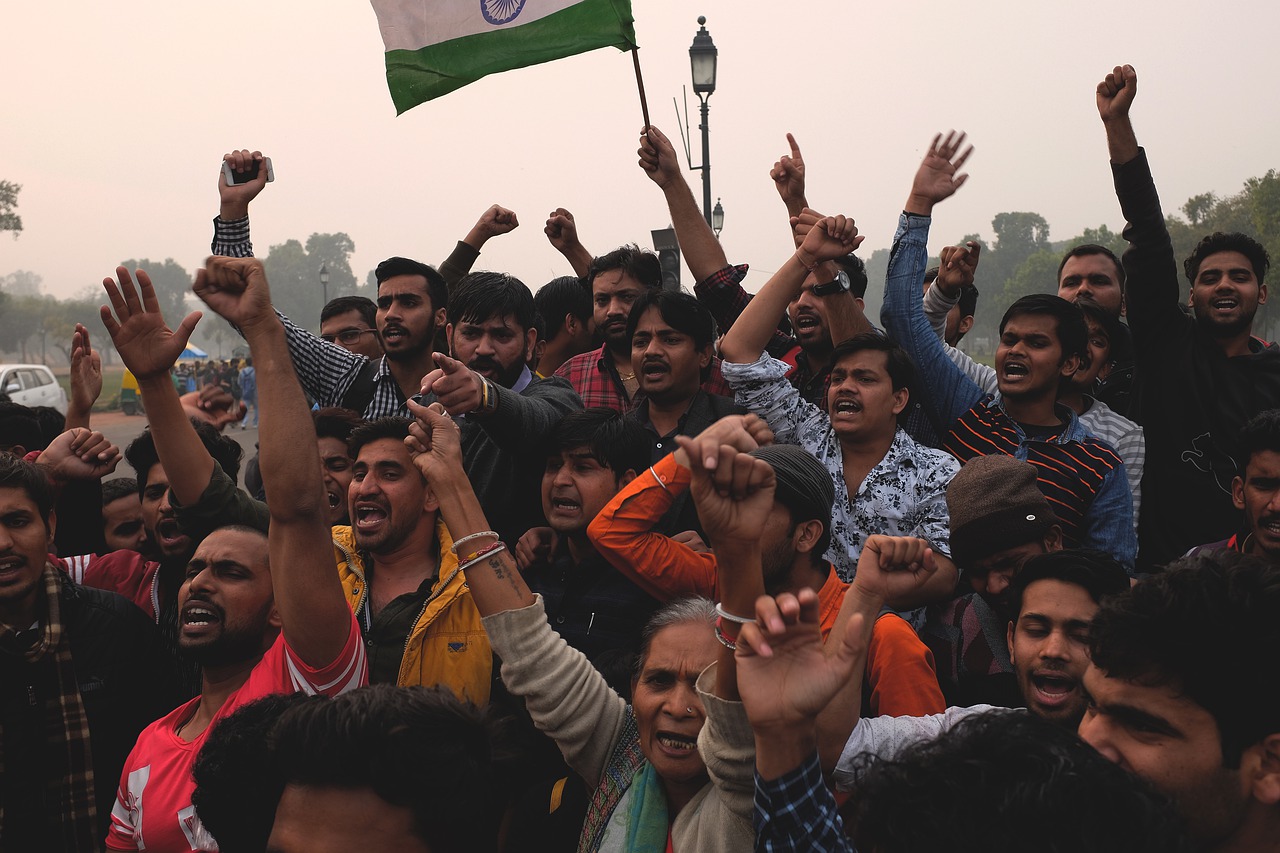
The World Inequality Report 2022, which was released a few months ago, brought out some important and concerning features about India. However, we preferred to shove the report under the carpet, perhaps because we either love to live in denial of what’s happening around us or we have become a corrupt society. A society concerned about its own welfare would have surely discussed the various aspects of the report threadbare.
There cannot be just one or two yardsticks to measure the economic health of the country. Just because the country has earned more than a lakh crore through GST or has become the fourth largest economy, does not make it a healthy economy.
Surely The Tatas, Birlas, Ambanis and Adanis etc have grown manifolds but that does not mean that majority of the countrymen have also grown proportionately. There must be some truth in what Nobel laureate economists Abhijit Banerjee and Esther Duflo in the preface of the above report mentioned about India. They said that " India is among the most unequal countries in the world ".
However, how can we be sure that people have not grown, when thousands of cars, motorcycles, TV sets and mobiles are being bought in the country.
It’s a valid argument. And this brings us to following aspects which are better indicators of economic health and quality of economic growth than the number of cars being purchased:
- The State of Working India report said people earning Rs 50,000 or more constitute just 1.6% of the Indian workforce. So, this means that 98.4 % of Indian work force earns less that Rs 50,000 a month. Of this 98.4%, more than half of the employees earn Rs 10,000 or less per month, as per the data provided by Azim Premji University.
With gas cylinder costing Rs 1,000 and petrol almost Rs 120 per liter,
Its worrisome as to How can this huge population earning less than Rs 50,000 / month manage their household expenses?
- Our ranking in the Human development index released by the UNO has consistently lagged at 130-131 out of 180 countries. This places us alongside many African countries. The parameters that are used to evaluate the ranking are child mortality, maternal mortality, education, per capita income, labour force participation, state of poverty, purchasing power of people, percentage of skilled force etc, which can tell us a lot about the quality of economic growth.
The Human Development Index tells us that the percentage of poor living on US Dollar 3.10 a day is whopping 42%, which brings us at par or even worse than some African countries. The skilled labour force is just about 18% whereas, even Brazil and Argentina have more than 60% skilled population.
- According to the Centre for Monitoring Indian Economy (CMIE), the labour force (consisting of employed and unemployed persons)in March 22 shrunk by 3.8 million to 428 million, the lowest in eight months. The CMIE said, “the fall in both unemployed and employed implies that there is a shrinkage in employment opportunities in absolute terms and millions have left the labour markets and stopped even looking for employment, possibly too disappointed with their failure to get a job and under the belief that there were no jobs available.”
Conclusion
We are, therefore, surely amongst the most unequal countries, as there are large income disparities, considerable differences in purchasing power and even significant disparities in our earning capabilities. This INEQUALITY IS STARKLY VISIBLE IN INDIAN BIG CITIES and surprisingly it just does not disturb us anymore.
Amid the increasingly communal environment in the country, these massive income disparities, high inflation, unemployment, misgovernance and corruption, cumulatively provide a sure recipe for civil strife, violence, and separatist movements.
The recent violence in Khargone, Raisen, Jehangirpuri, Jodhpur and Patiala might prima facie appear to be communal in nature, but real cause could be the frustration and rage caused by the unemployment, misgovernance, corruption, income disparities and high inflation.
As a matter of fact most of the insurgency movements including Naxalism were born out of such situations. One security expert while pointing out the causes of separatist movements and civil strife very rightly pointed out that:
“The sense of alienation is fueled by the lack of facilities that is responsible for the violence in these States. The young who have rebelled draw their strength from all pervasive hopelessness and the rage that it constantly feeds. This rage does not die out because deprivation is only one half of the story. The other half is exclusion. Although huge sums have been spent under numerous schemes & plans, but the villages and towns remain poor. The reason is that 4/5 of the money is siphoned of by an elaborate client list network stretching from gram pradhans, block development officer to zilla parishad, MLAs and MPs, who use these funds as the foundations of their power.”




These innocuous looking protests and incidents of misgovernance can also turn into a rage and burn the cities and villages .

These recent incidents of violence must serve as a wake up call for the Policy makers.
